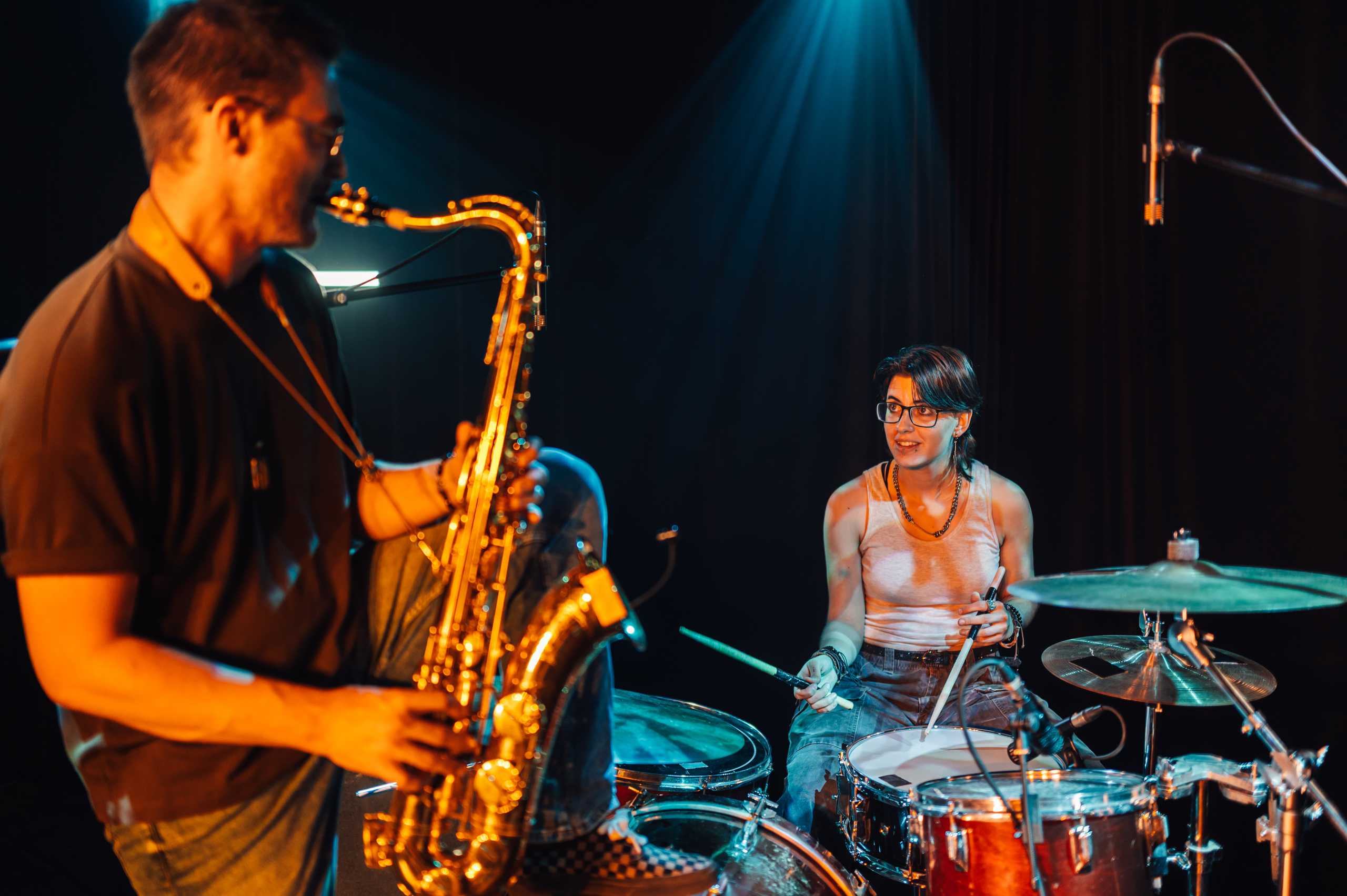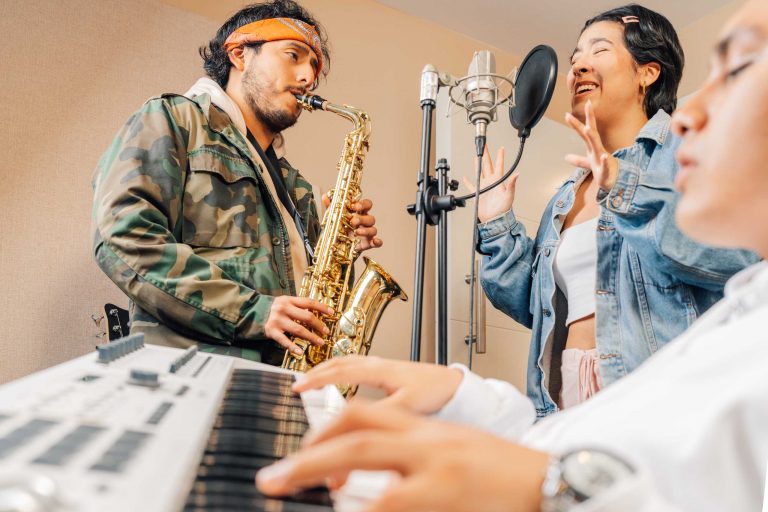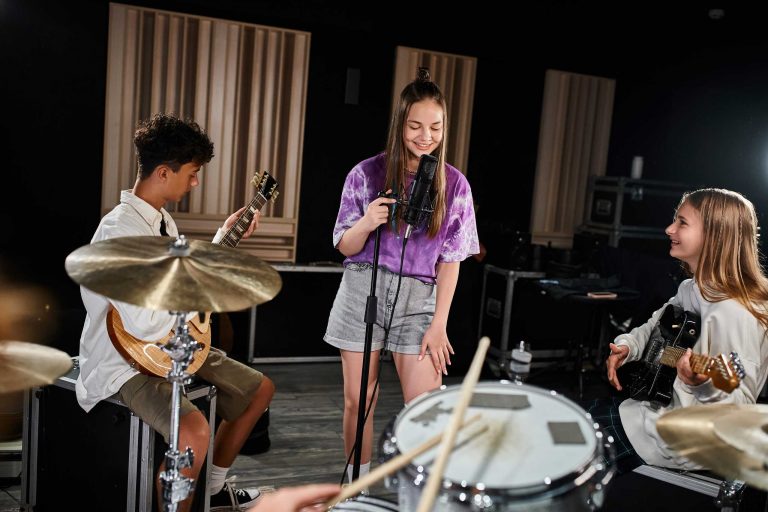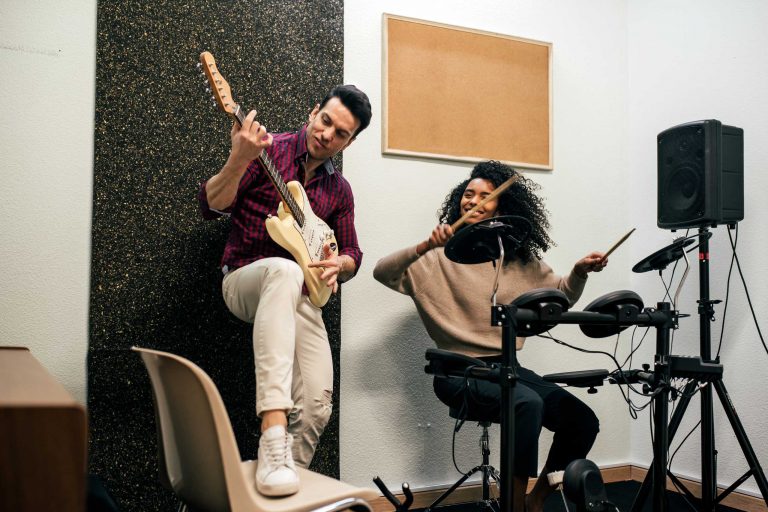Jazz improvisation is like a wordless conversation — every sound tells your story. It’s not just playing notes; it’s creating music right here, right now, like breathing or a heartbeat. While it may seem like spontaneous magic, behind it lies deep feeling, experience, and true freedom of expression.
What Is Jazz Improvisation?
Improvisation is the art of making music on the spot. Instead of repeating, you invent melodies, rhythms, and moods. It’s a dialogue with your instrument, your fellow musicians, and the moment itself — one that will never come again.
More than technique, it’s about emotion. Every note is a word, every silence a punctuation mark in your musical story.
Why It Matters Beyond Music
Improvisation teaches you to be flexible and alive — skills that reach far beyond the stage. When life throws curveballs, the ability to listen, react quickly, and embrace change helps you move forward.
Many students find that jazz improv boosts their confidence and courage offstage too. It’s not just learning; it’s a little adventure that shifts how you see the world.
How to Begin Your Journey
You can start right now — and it’s easier than you think:
- Listen to jazz from different eras and styles, notice how players talk to each other.
- Learn basic scales and chord structures — your musical alphabet.
- Practice call-and-response: play a phrase, then answer it with your own.
- Most importantly — don’t fear mistakes! Improv loves boldness and openness.
Every great improviser began by simply daring to try.
The Joy of Collective Creation
The best part of jazz improv is creating together. Musicians listen, inspire each other, and build unique moments that can’t be repeated.
Improvisation is a dance of trust, freedom, and presence. It’s your chance to tell your story — no words needed, only sound.




